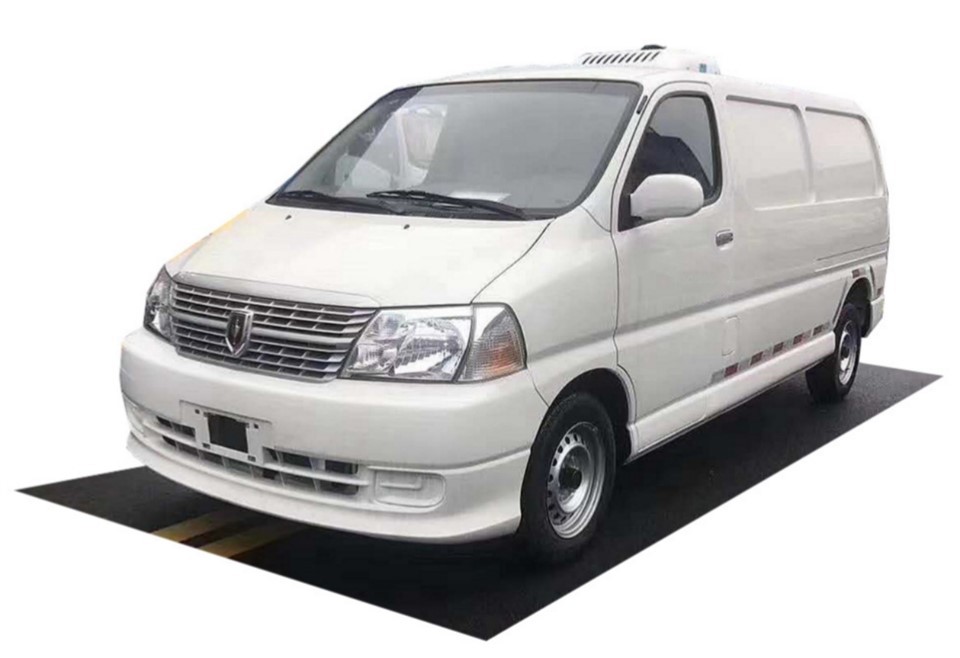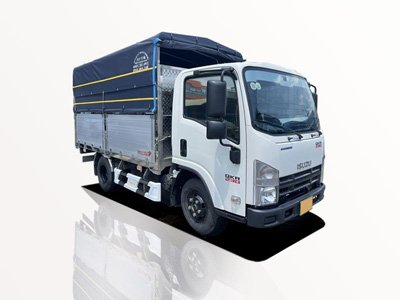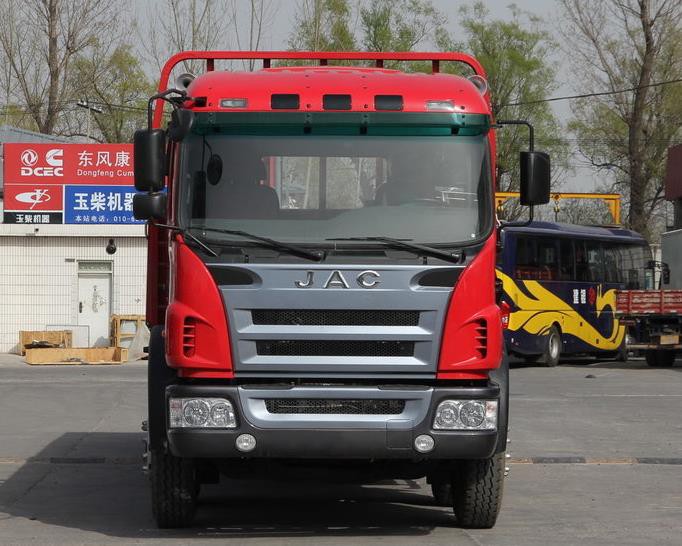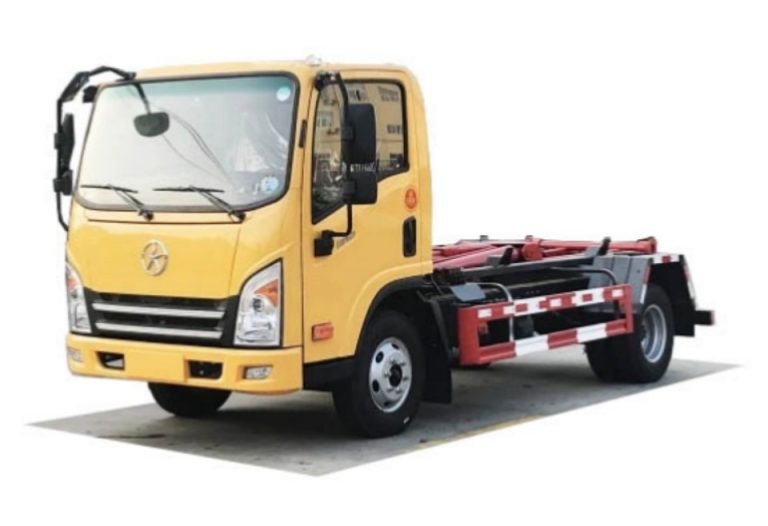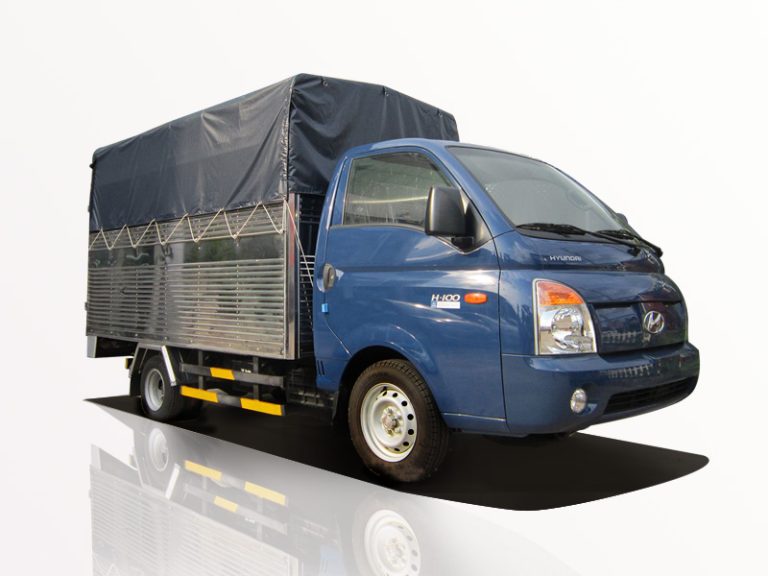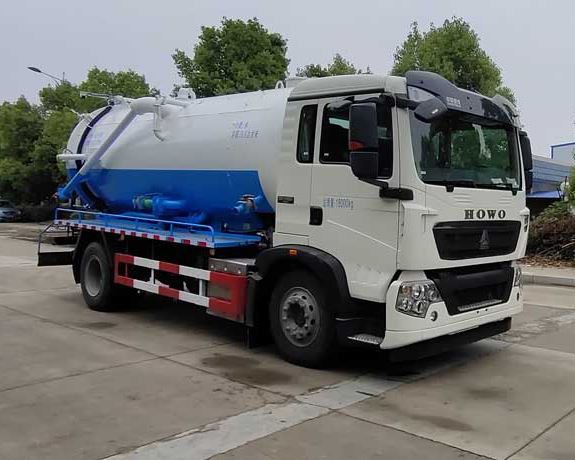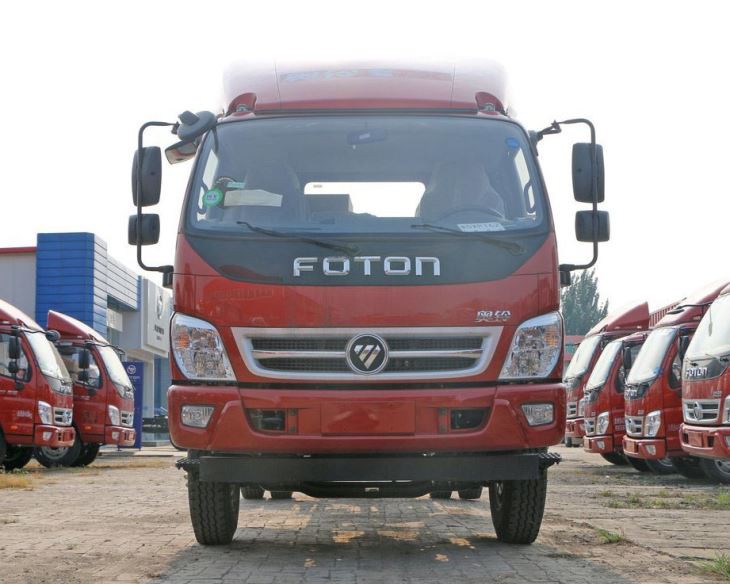Purchasing an RV is a significant investment that can lead to countless adventures and unforgettable memories. However, timing is crucial in getting the best deal. In this article, we will explore the various factors that influence the ideal time to buy an RV, alongside practical tips and examples to help you make an informed decision.
Understanding the RV Market
Before diving into specific timings, it’s important to understand the RV market’s cyclical nature. RV sales are often influenced by seasons, economic conditions, and consumer preferences.
The Seasonal Nature of RV Sales
The RV market typically experiences seasonal fluctuations. Understanding these trends can help you decide when to make your purchase:
- Spring: As temperatures rise, interest in RVing tends to peak. Many buyers enter the market, making prices higher.
- Summer: The travel season is in full swing, and new RV owners are out enjoying their purchases. This period sees steady sales but also competition for popular models.
- Fall: As summer wanes, inventory often starts to clear. Dealers are eager to make room for new models, making this a favorable time for buyers.
- Winter: Sales slow down considerably as many people are less focused on camping. This can be a great time to find deals, especially on previous year’s models.
Economic Conditions and Consumer Trends
The state of the economy affects RV purchasing decisions. During economic downturns, RV sales may drop as people prioritize essential expenses. Conversely, when the economy is strong, more consumers may be willing to invest in an RV.
Best Times of the Year to Buy an RV
Specific periods throughout the year are known for better deals and discounts.
End of the Camping Season
As camping season comes to an end in the fall, especially after Labor Day, many dealerships start to clear out inventory. You may find significant markdowns on RVs during this time.
The Off-Season Sales
Winter, particularly around the holidays, can be another excellent time to purchase. Many dealerships offer promotions and financing incentives, plus there’s typically less competition for popular RV models.
Model Year-End Sales
Many RV manufacturers release new models in late summer to early fall. Dealerships often sell off the previous year’s stock at discounted prices to make space for new inventory.
Practical Tips on Timing Your Purchase
Research and Monitor Prices
Keep an eye on the pricing trends of different models. Websites like RV Trader and NADA Guides can provide valuable information on market prices, allowing you to better understand what constitutes a good deal.
Check for Dealer Promotions and Events
Many dealerships host sales events, especially during holiday weekends or special occasions. Subscribe to newsletters from local dealers to stay informed about upcoming promotions.
Consider Pre-Owned Options
Pre-owned RVs can offer significant savings. The best time to purchase a used RV often coincides with the same seasons as new RVs—fall and winter. Research local listings and be ready to negotiate.
Financing and Budgeting Considerations
Securing financing before purchasing an RV can ensure you get a favorable interest rate and loan terms.
Understanding Loan Terms
Check for RV loan terms before your purchase. Financial institutions often have varying rates depending on market conditions, so shop around to find the best deal.
Budgeting for Ownership Costs
Consider additional costs associated with RV ownership, such as insurance, maintenance, and storage fees. Factor these into your budget to avoid surprises.
The Importance of Test Drives and Inspections
Before finalizing your purchase, always take the RV for a test drive and conduct a thorough inspection. This will help ensure that you’re making a sound investment.
Test Driving an RV
Test driving allows you to gauge how the RV handles on the road and whether it meets your needs. Pay attention to handling, comfort, and operational systems.
Conducting an Inspection
Consider having a professional inspect the RV, especially if it’s used. A detailed inspection can reveal potential issues that might incur additional costs down the road.
Trade-In Considerations
Trading in an existing RV can ease the financial burden of purchasing a new one.
Understanding Trade-In Values
Research the trade-in value of your current RV before negotiating with a dealer. Sites like Kelly Blue Book can provide estimates that can be useful when discussing your trade with a dealer.
Timing Your Trade-In
Trade your RV during the off-season to get better appraisal offers. Dealers are often more willing to offer a competitive price when they have low inventory levels.
Examples of Successful Purchases
Consider the experiences of other RV buyers to understand when to make a purchase.
| Buyer | Time of Purchase | Savings | Type of RV |
|---|---|---|---|
| John D. | October | $10,000 | Class A Motorhome |
| Susan R. | January | $7,000 | Travel Trailer |
| Mike T. | Late August | $5,000 | Fifth Wheel |
Frequently Asked Questions (FAQ)
What is the best month to buy an RV?
The best months are typically in the fall (September to November) and winter (January to March), due to lower demand and clearance sales.
Are spring and summer good times to buy an RV?
Spring and summer are not ideal due to higher prices and increased competition among buyers looking for new RVs.
How can I get the best deal on an RV?
Research prices, take advantage of seasonal promotions, and be flexible with your purchase timing to find the best deals.
Should I consider buying a used RV?
Yes, used RVs can provide significant savings compared to new models. Just ensure you conduct a thorough inspection and research the market value.
What financing options are available for purchasing an RV?
Common options include bank loans, credit unions, and financing through the dealership. It’s essential to shop around for the best rates.
Is it wise to negotiate the price of an RV?
Absolutely! Negotiation is a standard practice in RV sales, and most dealers expect you to negotiate for a better price.
